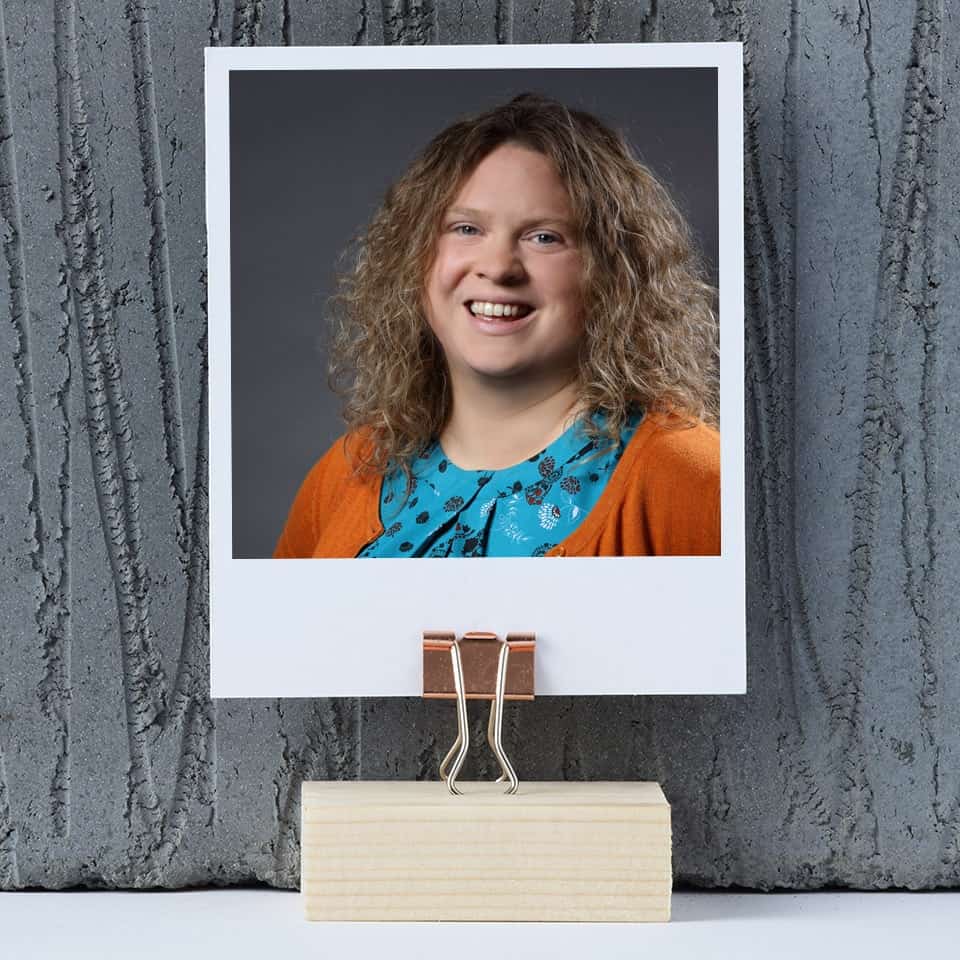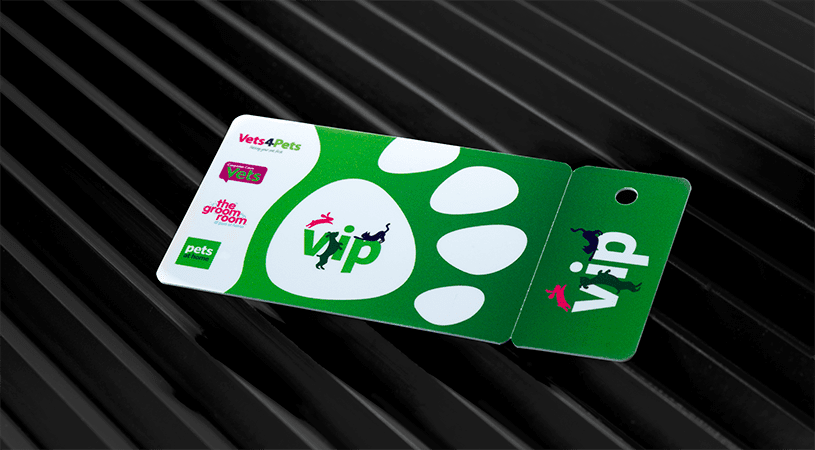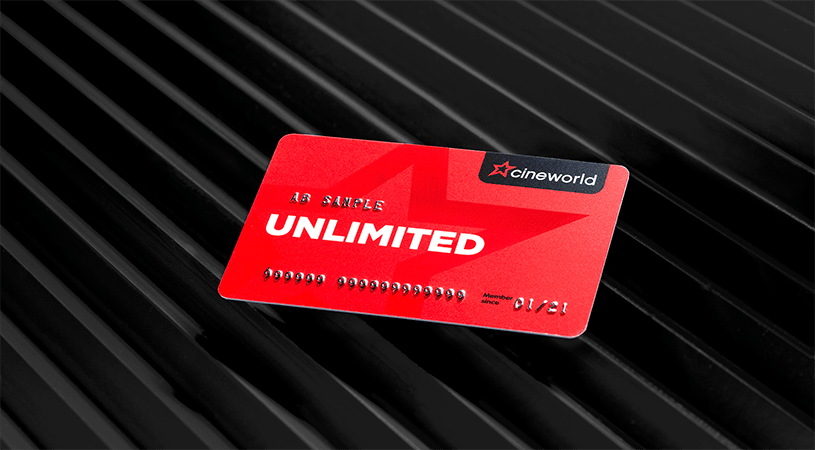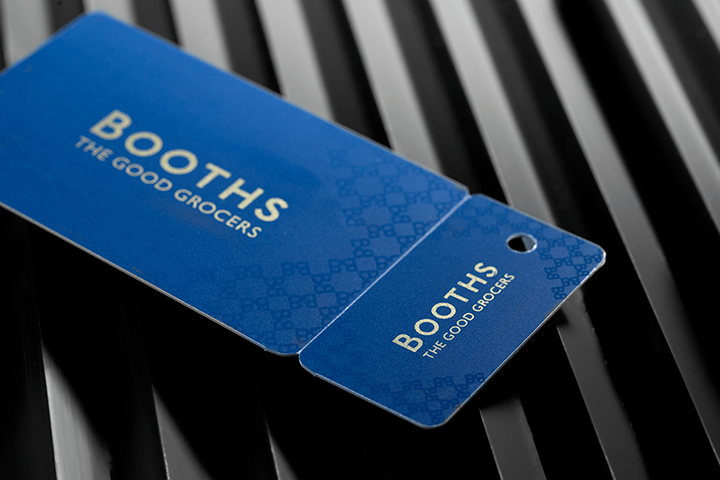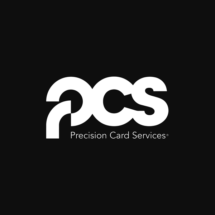Our Director of Marketing and Communications, Louise Ray recently sat down with B2B Marketing Magazine to discuss the importance of retaining customer trust and loyalty. See the transcript of the conversation below.
The zebras of marketing
Starting with a blank canvas can feel like a lot of work especially when you compare yourself to legacy giants that dominate the industry. But alongside its challenges, it holds many opportunities. You may be starting with no customer trust, but equally you’ve probably not experienced any negativity that sticks in the mind of your prospects. You’re also not obliged to abide by brand traditions so you should be in a prime position to offer customers an agile and innovative service. But that only happens if you’re successful in grabbing their attention in the first place.
Plastic Card Services – 25 years old
A 25-year history doesn’t really classify a business as a start-up, but Plastic Card Services sits in a happy medium between having the agility of a newbie and the loyalty of a legacy.
Part of PCS’s strategy to gaining customer trust is to be as transparent as possible with its customers. Part of this means seeking advocacy externally, which means encouraging clients – some of whom have been using the company for 15-20 years – to be vocal about their experiences. “They obviously have trust in us but that doesn’t mean everyone else knows so you have to get people to advocate for you. That trust needs to come from outside the organisation,” explains Louise Ray, director of marketing and communications at Plastic Card Services.
However, gaining advocates is easy in theory but harder in practice, as clients are often too busy building trust within their own companies to think about yours. It’s imperative you make it as easy as possible, Louise notes. “It could just be a simple thing like adding a link to Google reviews on emails and asking for a star rating,” she suggests.
The launch of a new website aimed at B2B clients also led PCS to add review platforms Trustpilot and Feefo, which enable prospects to see how others found their experience. It’s a risky tactic but Louise feels it’s important not to hide from anything. “We’re big believers in service and just because you think you’re doing something right, doesn’t mean somebody else thinks that. It’s far better to know if there’s a problem so you can fix it.”
The company lays itself bare. PCS even invites customers to look round its factory. “We’re very open to that,” says Louise. “It’s about keeping in touch and finding a way that works for customers to be involved with us.”
.cloud – 3 years old
Domain company .cloud entered the market three years ago, and has grown customer trust through PR and relationship building. This approach was something that started before the company’s launch to build momentum before trading began. For Mou Mukherjee, head of registry services, this was the hardest part. “You have to get people excited about something they don’t know anything about, and that doesn’t exist yet,” she says.
Added to this were big names in the market that were pretty much the automatic choice. “As a challenger you have to grab the attention of the audience and create a compelling story and a reason for your product – that’s how you build trust,” says Mou. To do this, .cloud built up its relationships with its partners, industry influencers, the tech community and the media. “In the early stages, word-of-mouth, particularly in the tech community, was a big part of our success,” Mou says.
But getting the word out isn’t necessarily enough; .cloud knew it needed to show prospects how it could benefit them. “Make sure you’re bringing value to them, you can’t just say you’re a better product,” advises Mou.
The company did this by giving some of their prospects exclusive access to a .cloud domain before it launched. “We created a pioneer programme where we gave businesses early access to a .cloud before it was available to the public. We promoted this through PR. It was a really successful programme and we attracted several start-ups with great domain names, as well as some really big names in the industry,” explains Mou. The domain company also attended industry conferences to sign companies up to the pioneer programme.
The company also focused on providing helpful advice to prospects to showcase .cloud’s expertise during its overarching PR campaign. “We focused on content that would provoke our audience to think, by providing ideas and case studies,” says Mou. The approach has so far been a success. The company had 20,000 registrations on its first day and has continued its PR approach to attain and nurture its customers’ trust going forward.”
Hiber – 2 years old
Simply looking the part can go a long way in convincing investors and prospects that your start-up is worth their time and money – or in Hiber’s case a couple of million pounds. Its MD and co-founder Laurens Groenendijk has previously seen success in founding well-known consumer brands, Just Eat and Treatwell. “We realised that brand is the foundation to marketing. The more you invest in your brand, the bigger that search engine traffic becomes.”
He recognises that Hiber’s product – selling internet-of-things connectivity – is vastly different from selling a pizza or haircut. Unlike B2C, the company will be taking an account-based marketing approach. But Laurens still believes creating a strong brand aesthetic and tone of voice that is suited to your target audience is something that should be laid down even before the launch of a company, so much so that his second hire was a creative director. “Our products won’t be on par if we don’t invest now,” he says.
By investing in brand before the launch, Laurens gave the company time to think about if the brand would fit with future endeavours. “We’re already thinking about the future of our brand. For example Hiber is the main brand but we need to be thinking of the sub-brands beyond,” he explains. “Our network is called Hiberband, fitting under the wider Hiber brand. This makes it easier in the future to add products to the portfolio and gain trust under one overarching name.”
Hiber has also spent a lot of time hitting the right note with its prospects. “Now with the website, a lot of people want to work with us just because of the tone of voice we’re spreading here,” says Laurens. Hiber has taken the attractiveness of B2C brands and remodelled it to suit its specialist audience. “We’re now balancing the sexiness of B2C design with specialist talk about the specifications of the network,” he says.
If you judge by the aesthetics and content available on Hiber’s website you wouldn’t suspect it of being a start-up, or that it hasn’t launched its network yet. Due to the company’s brand investment, it’s starting with customers already behind them. “At first investing in branding can seem like a waste of money,” Laurens says. “But it will definitely pay out in the short term and even more so in the long term.”
The leopards of marketing
Having a brand that’s well-established can provide you with credibility. In some cases it may contribute to becoming the ‘automatic’ choice for customers. But just because you’ve been around for a while doesn’t mean you don’t need to put the work in. Those that have survived the test of time have usually adapted to the problems their customers face.
AT&T – 143 years old
Although having a long legacy can be a major advantage, Mo Katibeh, CMO at AT&T Business says brands shouldn’t rest on their laurels. “It’s built over time and we know it can be lost very quickly. At the heart of marketing you’re making promises to customers,” he says.
If you can no longer meet your promise to resolve problems, you’ll quickly spiral downwards. Companies need to remain adaptable and relevant, despite their age – that’s been key to AT&T reaching the grand old age of 143.
“Customer needs change over time,” explains Mo. “Those companies that are successful in adapting their business models and solutions to bring to life whatever a customer needs will become the ones known for decades.”
Mo has spent 17 years at AT&T, and he’s witnessed trust become an increasingly important factor in the purchasing journey. So much so that when its subsidiary AT&T Business was set up two years ago, Mo placed trust at the centre of its strategy. “One of our goals around this was to ensure our sales and marketing teams became ‘trusted advisors’. We want to ensure they have deep relationships with our customers,” he says.
As part of this aim, sales and marketing staff were trained to be experts in one of four key industries: retail, manufacturing, healthcare, and finance. This was imperative as Mo says employees became the face of the brand.
AT&T created a formal programme called AT&T University where the brand trains and retrains its employees to remain agile. “We invest $200 million plus a year in those internal training programmes. It’s about 20 million hours of training. Beyond that, we also provide about $30 million in tuition assistance,” says Mo.
For AT&T, the investment in staff has been extremely beneficial in cementing trust both internally and externally. It was named one of the top 100 companies to work for in both 2017 and 2018 by Fortune Magazine, which also cited its retraining programme as ‘the most ambitious in corporate American history’. Staff trust the brand to help them develop their career, so they remain at the company. In turn this means staff can build strong external relationships over years – solidifying customers’ faith in AT&T.
Konica Minolta – 150 years old
Konica Minolta is in a completely different field to where it began 150 years ago. The Japanese company began by selling cameras and photographic materials but has now moved to markets included printing, biotech and AI. It’s this mentality to evolve that strategic marketing and innovation director Cath Hackett says has been key to the brand’s longevity. “There’s a philosophy in Konica for the creation of new value. This means we’re constantly looking for new ways to meet customer requirements in both industry and society,” she says.
The challenge is to keep moving forward while staying close to a 150-year brand that generates trust. “I want to augment the trust we have in our existing brand into new markets and harness it,” she explains.
Konica has implemented a number of innovative processes to achieve this. The company runs a global Intrapreneurship Programme, which allows employees from an array of roles to embark on a project to better understand customers and assist in the company’s innovations. “Everyone is given six months carved out of their current role. They come up with solutions and innovations that can actually help Konica move into the next phase. It’s about being an entrepreneur no matter how old your company is,” says Cath.
The company also has a High Potential Programme where groups of employees work to solve problems and enhance services in particular areas. Cath monitors three groups which work on CSR and customer insight. “They come back with the most amazing recommendations because they go to our customers and those insights are brought back in,” she says.
Konica also has the Customer Experience Actionable Insight Programme which Cath formalised when she joined the company. “What I wanted to do was make sure that if something goes wrong, we’d be able to solve the problem for the customer and work out if it’s a common problem in the process,” she says. After they’ve resolved the issues highlighted by a customer, Konica then reaches out to them to let them know about the improvements that have been made off the back of their complaint.
Microsoft – 43 years old
Microsoft hasn’t even reached its half-century but is nevertheless a pioneer in its industry. “It’s an advantage if you’ve been in the market a while because people know who you are, but you still have be relevant and earn trust,” says Scott Allen, global marketing development and strategy director at Microsoft. He says if you want to earn trust, the customer and their needs must be at the centre of everything, “otherwise you’ll get caught out”.
To do this, Microsoft uses its mission statement – ‘to empower every person and every organisation on the planet to achieve more’. This has become particularly important as, Scott explains, “It’s easier to find out about companies and share your feelings openly using digital channels, so trust has become more prevalent in terms of making sure you’re doing the right things.”
The right things include brand safety, which has become mandatory at Microsoft. “An increasing pool of content is considered ‘moderate risk’ such as fake news, controversy and click bait. While this content could be acceptable for some brands, caution needs to be given to their subjective nature and impact”.
Second is brand sensitivity. This is going one step further and is more opt-in for brands at present. This could mean ensuring your advert isn’t placed next to news stories that are critical of the product. “That’s being insensitive to the person that’s reading and shows you’re not in control of your brand,” explains Scott.
Last is brand ethics which is a more positive extension of brand sensitivity. Scott believes this is becoming a lot more critical for brands as it gives them the opportunity to broaden their business goals and authentically align to what matters to customers – such as environmental, sourcing, accessibility and sustainable employment policies.
“Microsoft runs on trust and this was built on the foundational principles of security, privacy, compliance, and transparency. If you run on trust you have to be open and transparent about everything you’re doing in the organisation,” says Scott.
In addition, the company has spent time investing in programmes in an effort to connect with customers. This includes DigiGirlz, a programme aimed at encouraging girls into careers in technology. “We believe that accessibility and inclusion are essential to delivering on our mission statement and we have invested in the accessibility of our products. A good example is when we’re creating presentations, we make sure they’re accessibility-ready. There’s also a function in PowerPoint that now lets you do an accessibility check before you go and present,” explains Scott.
To read the full article visit B2BMarketing

